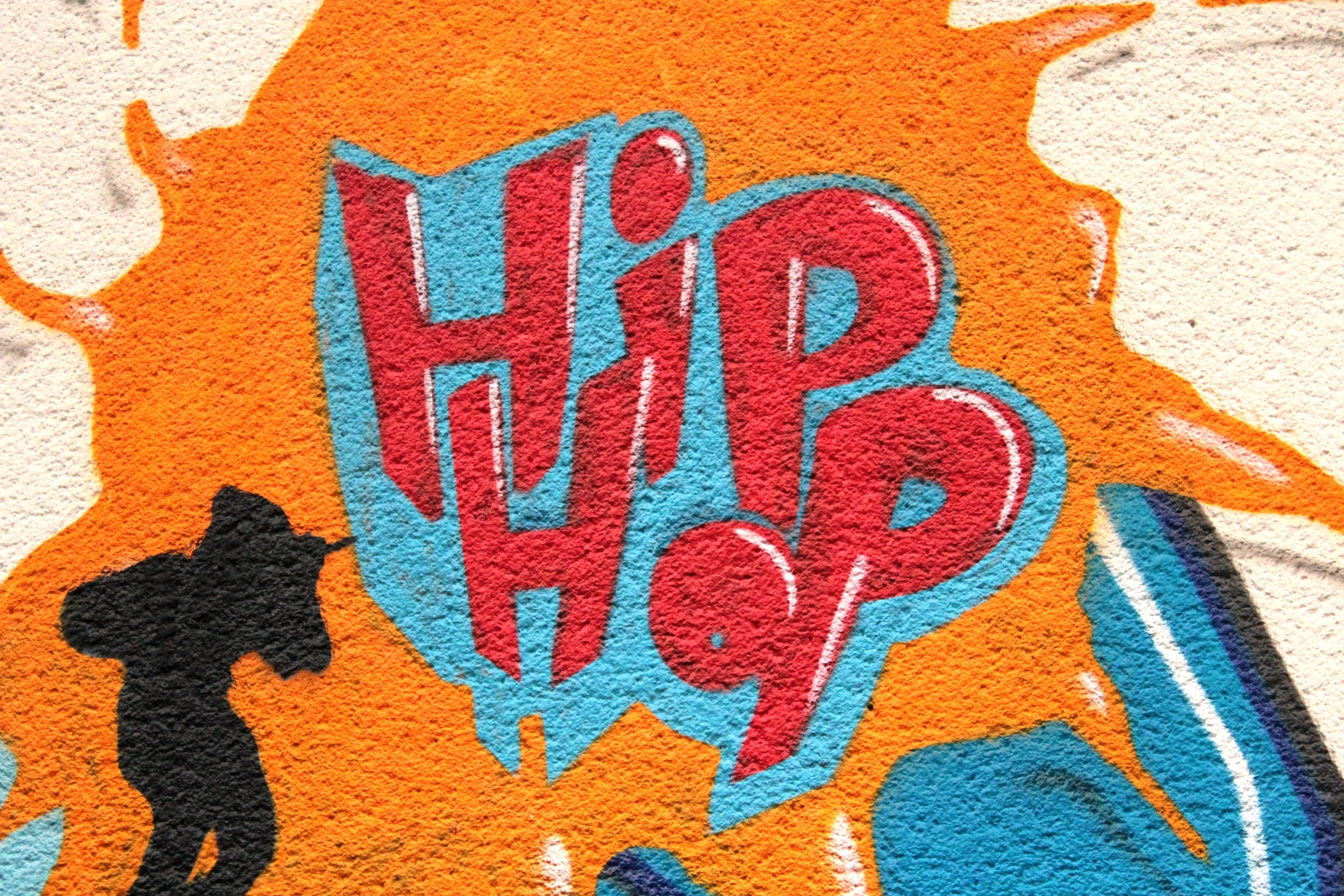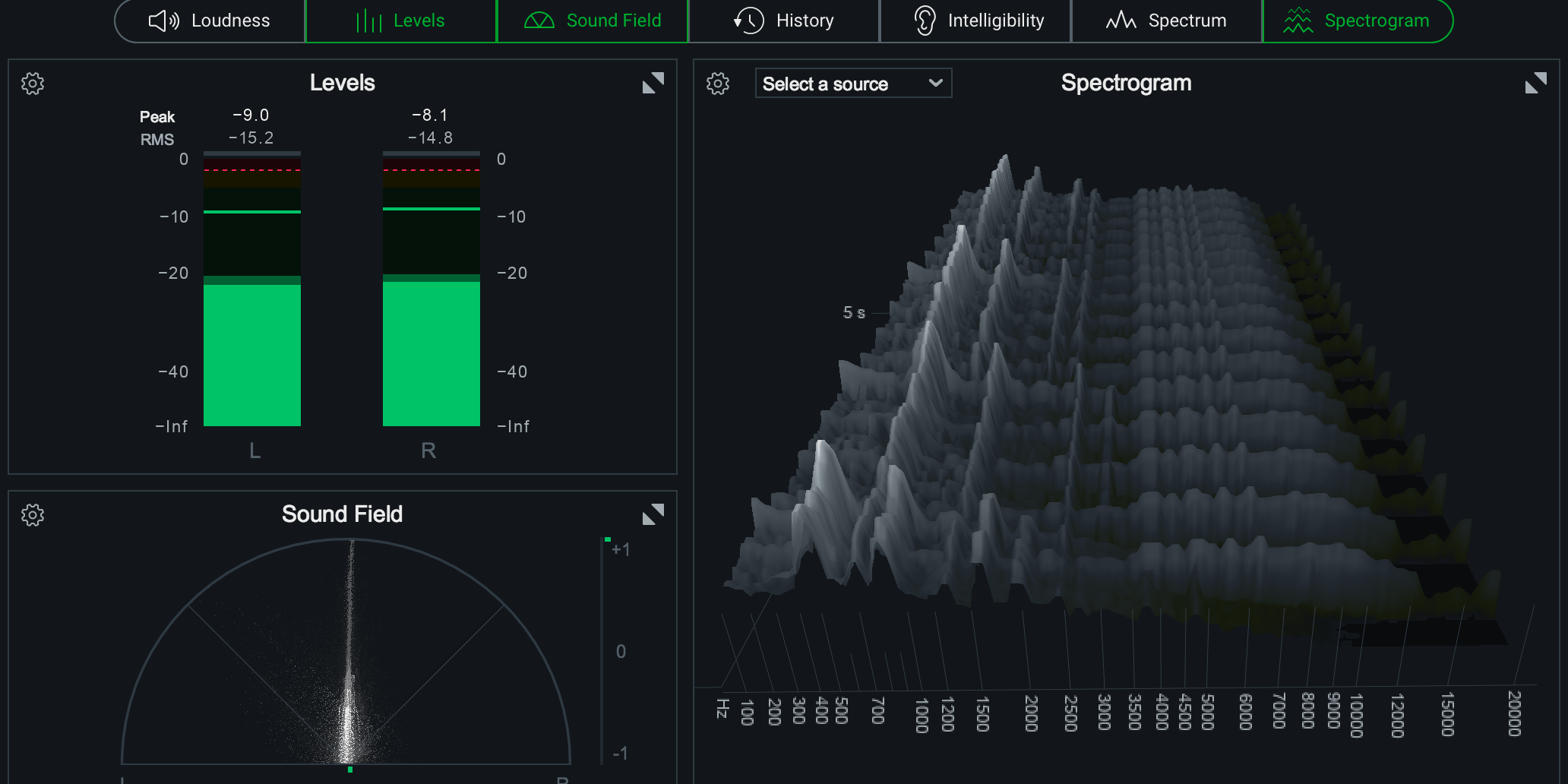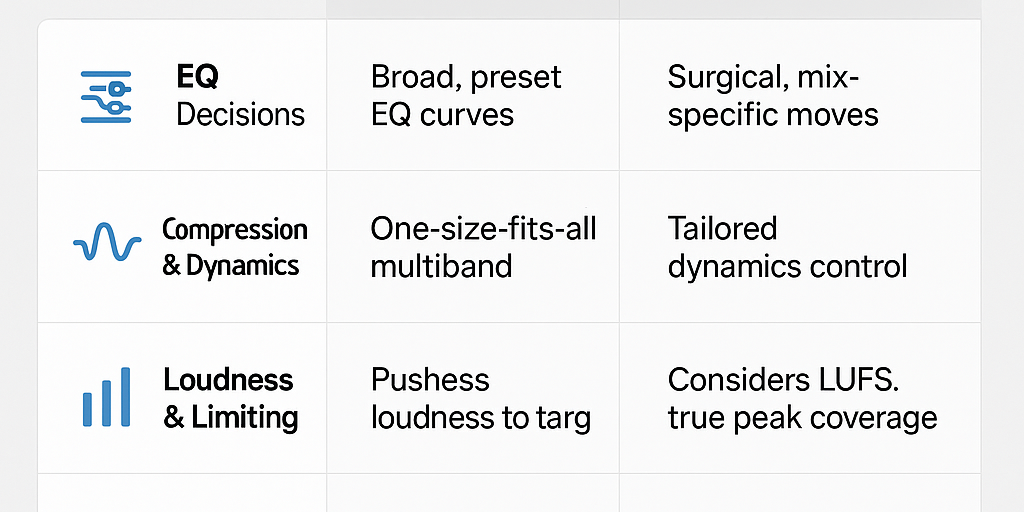Hip hop and rap music are two of the most popular genres in the music industry today. They are known for their powerful beats and energetic rhythms that keep audiences moving and grooving. However, creating a big and punchy sound for hip hop and rap music can be a challenge for many producers and engineers. This is where mastering comes in. Mastering is the final step in the music production process and it is essential for creating a polished and professional-sounding record. We will explore the techniques and tips for mastering hip hop and rap music that will help you create a big and punchy sound.
The first thing to consider when mastering hip hop and rap music is the overall loudness. The loudness of a track is measured in decibels (dB) and is often referred to as the track's "headroom." The goal of mastering is to achieve a consistent loudness across all tracks on an album or EP. This is important because it ensures that all tracks will sound equally loud when played back on different devices or platforms. To achieve a consistent loudness, you can use a loudness meter to measure the overall loudness of the track and adjust the volume accordingly.
Another important aspect of mastering hip hop and rap music is the use of compression. Compression is a technique that is used to control the dynamic range of a track. Dynamic range is the difference between the loudest and quietest parts of a track. In hip hop and rap music, it is important to have a compressed dynamic range to create a big and punchy sound. This is because compression can help to bring out the energy and power of the beats and rhythms in the track. To achieve a compressed dynamic range, you can use a compressor to control the volume of the track and make sure that all elements are heard equally.
EQ is also an important aspect of mastering hip hop and rap music. EQ stands for equalization and it is used to control the frequency balance of a track. The goal of EQ is to create a balanced sound that is pleasing to the ear. In hip hop and rap music, it is important to have a balanced frequency range to create a big and punchy sound. This is because EQ can help to bring out the bass and drums in the track, which are the elements that give hip hop and rap music its power and energy. To achieve a balanced frequency range, you can use an EQ to adjust the frequency balance of the track and make sure that all elements are heard equally.
It's important to pay attention to the stereo field when mastering hip hop and rap music. The stereo field is the way that sound is presented in a stereo mix. In hip hop and rap music, it is important to have a wide stereo field to create a big and punchy sound. This is because a wide stereo field can help to create a sense of space and depth in the track. To achieve a wide stereo field, you can use a stereo imager to adjust the stereo field of the track and make sure that all elements are heard equally.
Here are a few specific mastering techniques that can be used for hip hop and rap music:
-
Multiband Compression: Multiband compression is a technique that allows you to target specific frequency ranges in a track. This can be useful for hip hop and rap music because it allows you to control the bass and drums separately from the rest of the track. This can help to bring out the power and energy of the beats and rhythms in the track.
-
Saturation: Saturation is a technique that is used to add warmth and character to a track. In hip hop and rap music, it can be useful to add saturation to the bass and drums to give them a more powerful and punchy sound.
-
Limiting: Limiting is a technique that is used to increase the overall loudness of a track. In hip hop and rap music, it is important to have a consistent loudness across all tracks to ensure that they sound equally loud when played back on different devices or platforms.
-
EQ: EQ is used to control the frequency balance of a track. In hip hop and rap music, it is important to bring out the bass and drums in the track to create a big and punchy sound.
-
Stereo Imaging: Stereo imaging is a technique that is used to adjust the stereo field of a track. In hip hop and rap music, it is important to have a wide stereo field to create a sense of space and depth in the track.
-
Transient Shaping: Transient shaping is a technique that is used to control the attack and sustain of a track. In hip hop and rap music, it can be useful to use transient shaping to bring out the power and energy of the beats and rhythms in the track.
-
Dithering: Dithering is a technique that is used to add noise to a track. In hip hop and rap music, it can be useful to add dithering to the track to add warmth and character to the sound.
-
Final Limiter: The final step in mastering process is to use a final limiter to increase the overall loudness of the track without introducing any distortion.
Mastering hip hop and rap music can be a challenging task, but with the right techniques and tools, you can create a big and punchy sound that will stand out from the rest. By achieving a consistent loudness, using compression, EQ, and adjusting the stereo field, you can enhance the energy and power of the beats and rhythms in the track, resulting in a polished and professional-sounding record.



